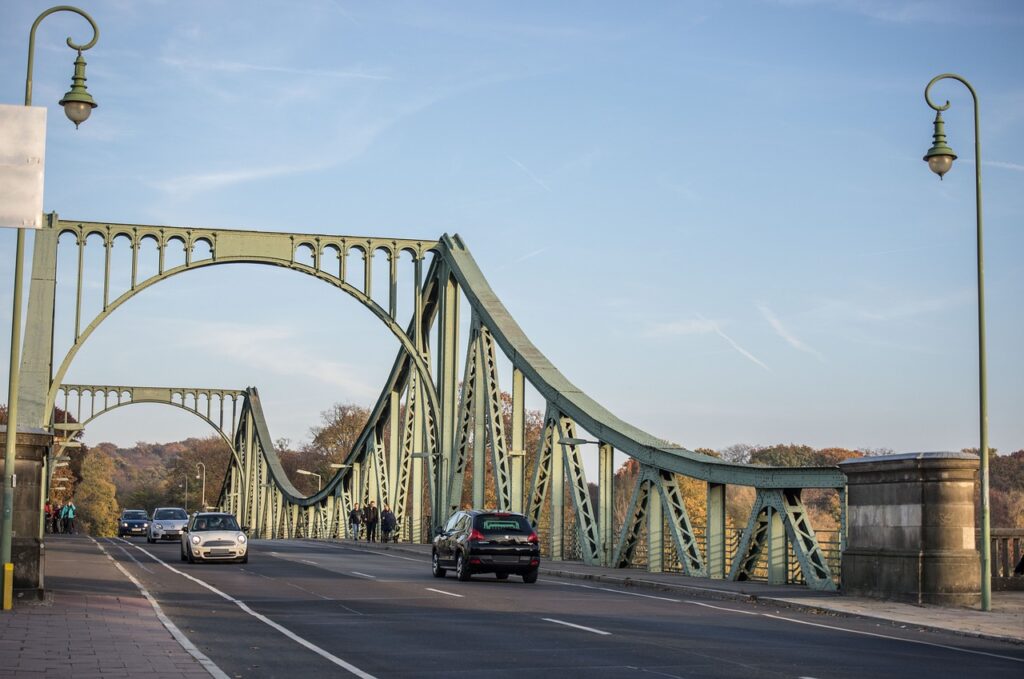From Fiction to Reality
Flying taxis, which once seemed like a science fiction idea, are quickly becoming a hot topic in the future of transportation. Officially known as urban air mobility (UAM) and powered by electric vertical takeoff and landing vehicles (eVTOLs), they promise to revolutionize travel in crowded cities.
Already, the Dubai flying taxi project is building vertiports, while companies like Joby Aviation, Volocopter, and EHang are testing aircraft that could change how we commute and connect cities.
These machines are no longer distant concepts. They are being designed to reduce traffic, cut pollution, and make quick, affordable city-to-city travel possible. This naturally leads us to the central question: when will flying taxis be real, safe, and widely available? To answer, we must explore their history, the technology behind them, global pilots, social effects, and the road ahead.
1. The Story of Flying Cars and Taxis: From Dream to Reality
For more than a century, people have dreamed of flying cars. The journey is fascinating:
- Early Visions (1910s–1930s): Aviation pioneer Glenn Curtiss introduced the “Autoplane” in 1917, often called the first flying car prototype.
- Mid-Century Futurism (1950s–1970s): Pop culture embraced the idea through The Jetsons and sci-fi films. Even Ford dabbled in prototypes.
- Late 20th Century: Most projects collapsed due to noisy engines, unsafe designs, and lack of regulation.
- 21st Century Resurgence: With electric propulsion, AI navigation, drone technology, and lightweight composites, the dream became technically possible.
Today, the line between sci-fi imagination and real-world transport innovation is blurring fast.
2. What Exactly Are Flying Taxis?
Flying taxis are not cars and not helicopters; they are eVTOL aircraft with unique features.
Key Features:
- Vertical Takeoff and Landing → Operates in dense cities without runways.
- Electric Propulsion → Quieter and cleaner than fuel engines.
- Autonomous or Assisted Navigation → Many rely on AI flight control.
- Passenger-Oriented → Carries 2–6 people on short city routes.
- Smart City Integration → Designed to dock at vertiports connected to metro, road, and rail systems.
In short, a flying taxi is not a personal gadget — it is part of a new transport ecosystem.

3. Why the World Needs Flying Taxis
3.1. Tackling Traffic Congestion
Traffic jams cost the U.S. economy 120 billion dollars yearly. In megacities like Lagos, Manila, and São Paulo, daily commutes exceed three hours. By contrast, a 45-minute drive in Los Angeles could shrink to 10 minutes by air.
3.2. Addressing Climate Pressures
Transportation causes nearly 25% of global CO₂ emissions. If powered by renewable energy, flying taxis could be far greener than cars and short-haul flights.
3.3. Responding to Urban Growth
By 2050, 70% of the global population will live in cities. Traditional roads, trains, and subways will not be enough — the skies are the next frontier.
3.4. Unlocking Economic Opportunities
The urban air mobility market could reach 1.5 trillion dollars by 2040 (Morgan Stanley), covering infrastructure, logistics, emergency services, and tourism.
Clearly, flying taxis are not just a luxury concept; they are a solution to global urban challenges.
4. The Technology Making Flying Taxis Possible
Flying taxis combine several cutting-edge innovations:
- Batteries and Electric Propulsion: Currently using lithium-ion, but solid-state and lithium-sulfur could extend ranges.
- Lightweight Materials: Carbon composites and advanced alloys reduce weight and boost safety.
- AI Navigation: Enables collision avoidance, smart routing, and pilotless flights (for example, Wisk Aero).
- Noise Reduction: Unlike helicopters, eVTOLs can be almost silent, crucial for city acceptance.
- Safety Systems: Redundancy features, parachutes, and multiple rotors minimize risks.
Together, these technologies turn science fiction into scalable engineering reality.
5. Global Progress: Where Are Flying Taxis Now?
5.1. Dubai: Leading the Charge
Dubai has pledged to launch Joby Aviation’s flying taxis by 2026, linking major hubs with vertiports.
5.2. The United States
- Joby Aviation → Backed by Toyota and Uber, targeting 2026 launch.
- Archer Aviation → Testing “Midnight” with United Airlines.
- Wisk Aero → Developing fully autonomous taxis.
5.3. Europe
- Volocopter (Germany): Set to showcase during the 2024 Paris Olympics.
- Lilium (Germany): Working on longer-range models.
- EASA: Drafting certification rules.
5.4. Asia
- EHang (China): Approved for autonomous passenger drones.
- South Korea: Planning UAM in Seoul by 2030.
- Japan (SkyDrive): Compact urban eVTOLs.
5.5. Latin America and Beyond
- Eve Air Mobility (Brazil): Expanding regionally.
- Australia: Piloting infrastructure in Sydney and Melbourne.
Global pilots prove flying taxis are no longer experimental fantasies — they are entering real-world systems.
6. When Will Flying Taxis Be Real?
- 2024–2026: Demonstrations and pilot flights.
- 2026–2030: Commercial launches in Dubai, Paris, Los Angeles.
- 2030–2035: Expansion across megacities.
- 2035–2050: Widespread adoption worldwide.
By the late 2020s, air taxis will be operational. By the 2030s, they’ll be part of everyday commuting.
7. Challenges on the Road Ahead
7.1. Regulation and Safety
FAA, EASA, and ICAO must harmonize global standards. Air traffic systems must adapt to low-altitude fleets.
7.2. Infrastructure and Costs
Vertiports, charging, and maintenance demand huge investment. Early flights may cost 200 to 500 dollars per trip.
7.3. Public Acceptance
Concerns include noise, privacy, and trust in autonomous systems.
7.4. Environmental Balance
Battery production and electricity demand raise sustainability questions.
8. Environmental Impact: Promise vs. Risk
- Promise: Quieter than helicopters, cleaner than cars, scalable with renewables.
- Risk: Battery mining, e-waste, and potential overuse of airspace.
Sustainability must be at the heart of flying taxi adoption.
9. Cultural and Social Effects
- Inequality: Early access limited to wealthy users.
- Urban Aesthetics: City skylines may change dramatically.
- Tourism: New opportunities for scenic urban flights.
- Emergency Services: Potential lifesavers in crises and medical transport.
10. Ethical Considerations
- Privacy: Low-altitude flights could expose sensitive areas.
- Responsibility: Who is liable in autonomous crashes?
- Urban Design: Should airspace prioritize private versus public needs?
11. Dubai’s Flying Taxi Model: A Case Study
Dubai demonstrates how branding, innovation, and tourism can merge:
- Airport to Downtown: 10 minutes instead of 45 by car.
- Luxury Routes: Palm Jumeirah flights for tourism.
- Integration: Linked to metro and road transport.
Dubai’s approach is a template for smart city air mobility worldwide.
12. The Economic Future of Flying Taxis
- 2025–2030: Premium business and tourism.
- 2030–2040: Costs fall, adoption spreads.
- 2040–2050: Mainstream affordability, comparable to Uber Black.
Like cars, planes, and smartphones, flying taxis will follow the luxury-to-mass-market path.
13. Scenarios for 2050
- Optimistic: Flying taxis are affordable, eco-friendly, and widespread.
- Realistic: Limited to premium users in megacities, but growing steadily.
- Pessimistic: Regulation, environmental, or cost barriers slow adoption.
Conclusion: The Sky Is the Next Highway
Flying taxis are no longer fantasy. Joby Aviation, Volocopter, and EHang are flying today. Dubai is building vertiports. Governments are writing policies.
The timeline is clear:
- Now: Demos.
- Late 2020s: First launches.
- 2030s: Broader use.
- 2050: Normal part of mobility.
The future of travel technology will not only be on roads — it will rise into the skies.
Do you want me to also shorten this into a blog-post version (about 1,200–1,500 words) for quicker reading, while keeping this long one for SEO depth?



